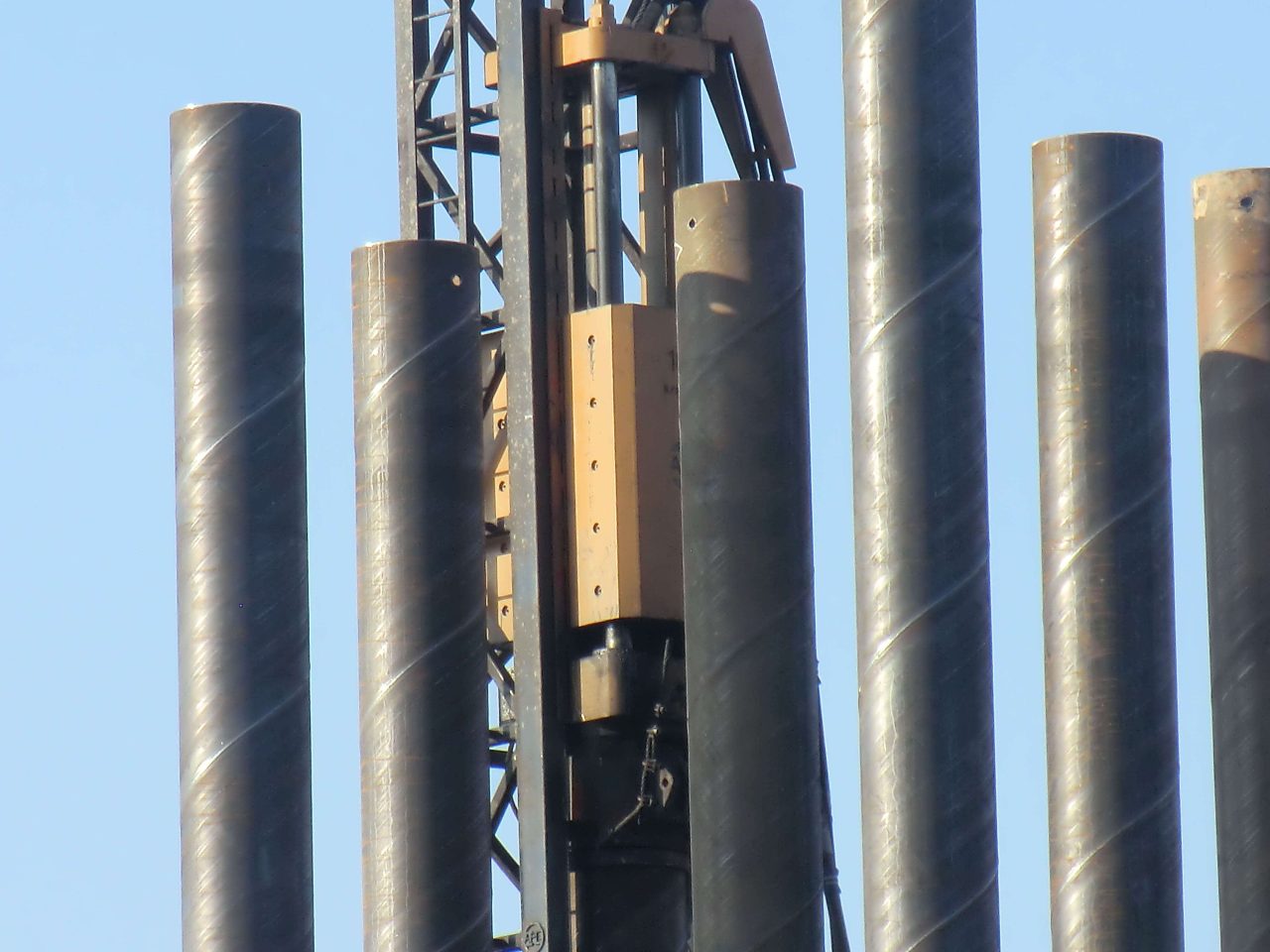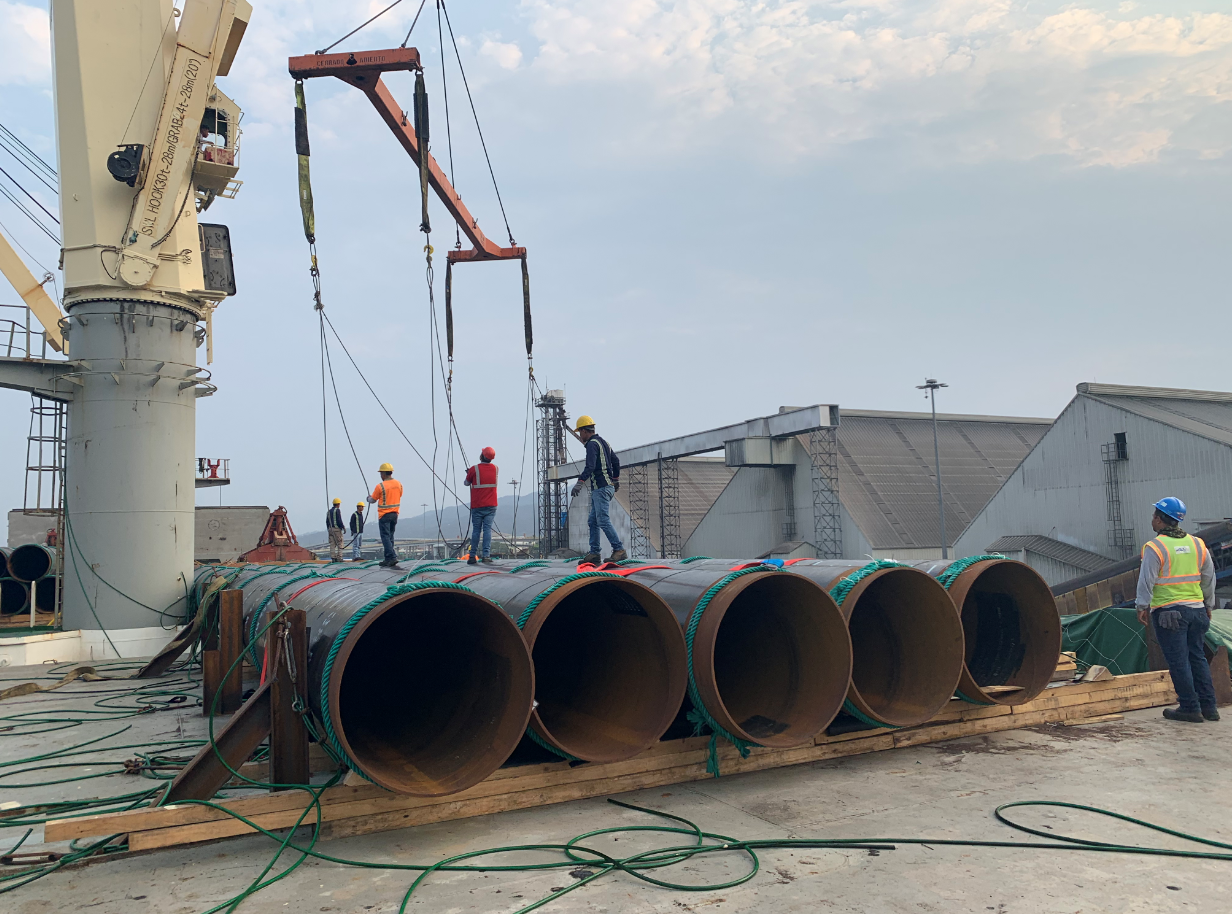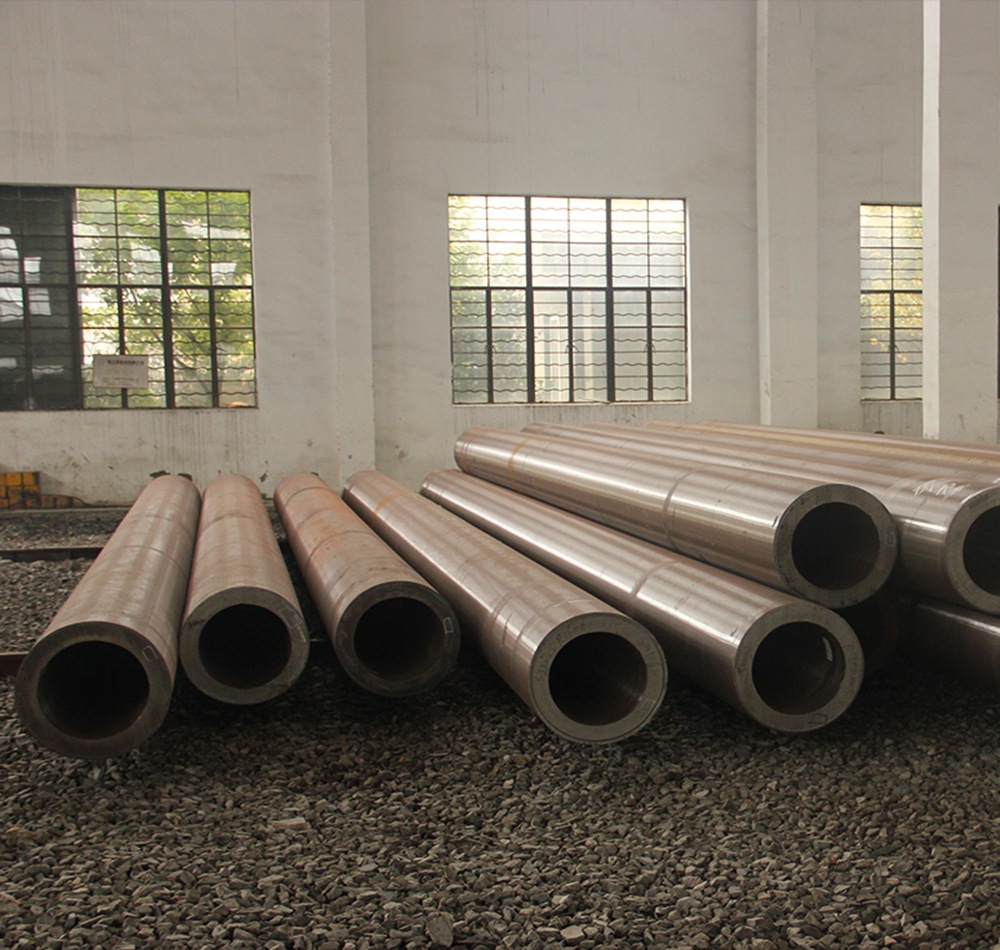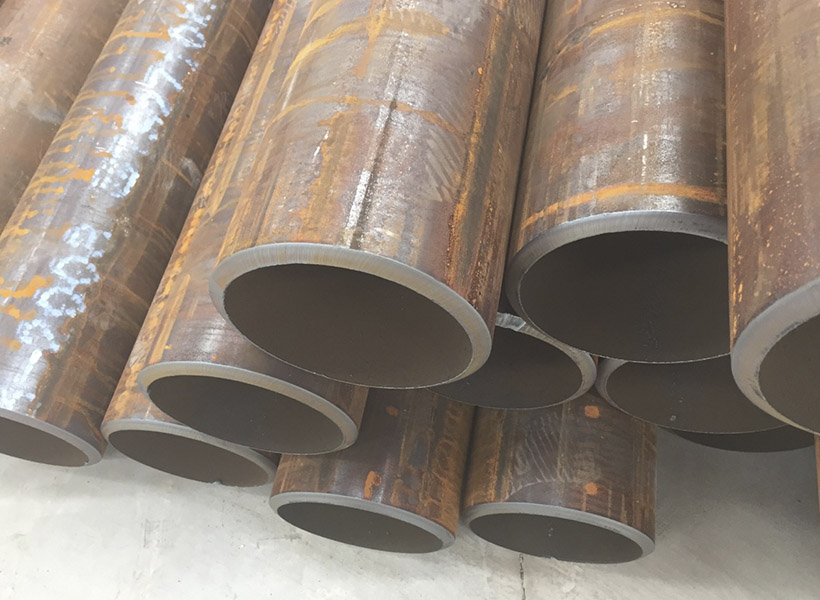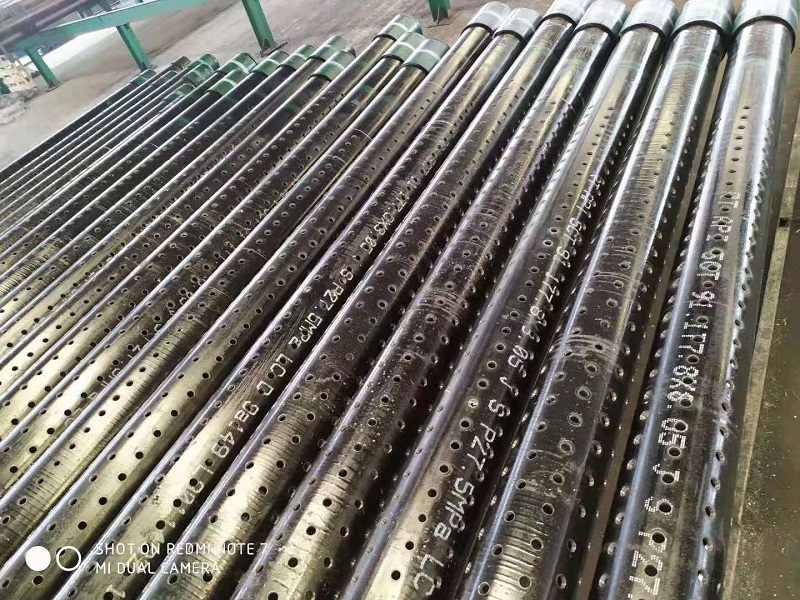Induction Pipe Bending
What is Induction Bending?
Induction bending is a precise and efficient method of bending pipes and tubes using localized heating. This technique employs an electric coil to generate an electromagnetic field that heats a specific section of the pipe or tube. Once the material reaches the appropriate temperature, it is drawn through a bending mechanism to achieve the desired angle and radius. The heated section is then rapidly cooled, typically using water or air quenching, to set the bend in place.
What Material Can Be Used?
Induction bending can be applied to a wide range of materials, including:
- Carbon Steel: Commonly used in construction, pipelines, and manufacturing.
- Stainless Steel: Preferred in industries requiring corrosion resistance, such as food processing and pharmaceuticals.
- Alloy Steel: Used for high-strength applications, including aerospace and automotive sectors.
- Aluminum: Chosen for its lightweight properties and used in transportation and structural applications.
- Copper and Copper Alloys: Utilized in plumbing, electrical, and HVAC systems.
- Titanium: Employed in aerospace, medical devices, and high-performance engineering applications.
The versatility in material compatibility makes induction bending suitable for diverse industrial needs.
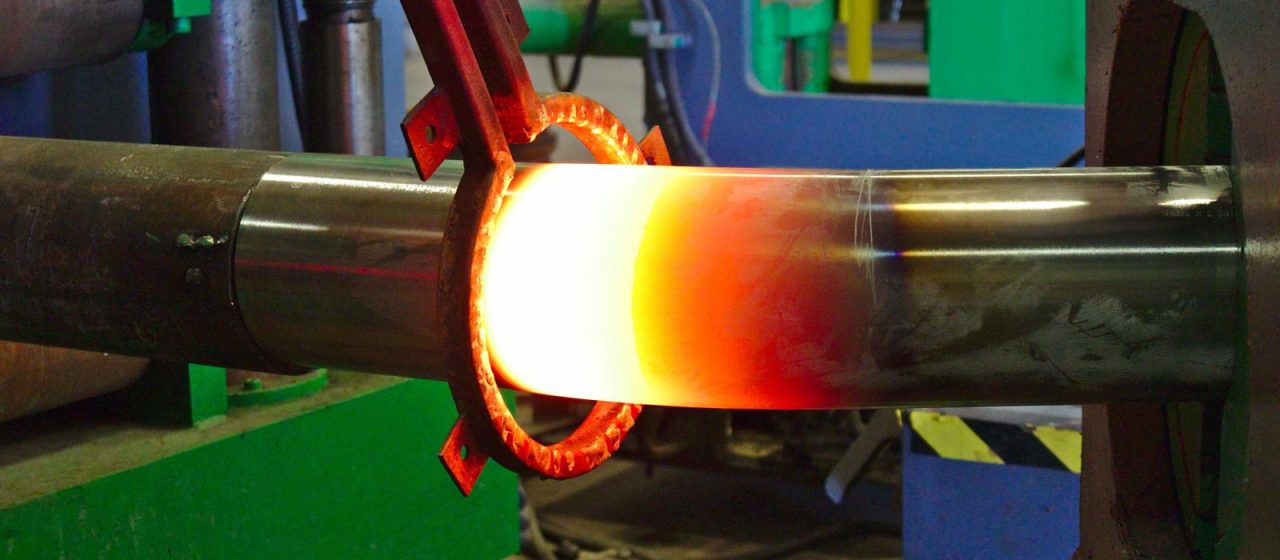
Why Use Induction Bending?
Induction bending offers several advantages over traditional bending methods:
- Precision and Accuracy: The localized heating ensures minimal deformation and high precision in achieving the desired bend angle and radius.
- Efficiency: The process is fast, reducing production times and increasing throughput.
- Quality: Induction bending produces smooth, wrinkle-free bends with minimal thinning or flattening of the pipe walls.
- Versatility: Suitable for a wide range of materials and pipe sizes.
- Cost-Effective: Reduces the need for welding and fabrication of multiple segments, lowering labor and material costs.
- Reduced Residual Stresses: The controlled heating and cooling process minimizes residual stresses, enhancing the structural integrity of the bent pipes.
- Environmental Benefits: The process is energy-efficient and can be performed with minimal waste and emissions.
Some of the Main Benefits of Induction Bending Include:
- High Precision: Induction bending allows for tight tolerances and repeatable accuracy, essential for critical applications.
- Smooth Bends: The technique produces smooth, aesthetically pleasing bends without ripples or kinks.
- Material Integrity: Maintains the mechanical properties and metallurgical structure of the material.
- Flexibility in Design: Enables complex bending geometries that are difficult to achieve with other methods.
- Reduced Welding: Decreases the need for weld joints, which can be points of weakness in a pipeline.
- Cost Savings: Lower labor and material costs due to fewer welding and fabrication requirements.
- Time Efficiency: Faster production times compared to traditional bending methods.
- Safety: The process is safer for operators due to the controlled heating environment.
Some of the Most Common Industries Where Induction Bending is Needed Are:
- Oil and Gas: Used extensively in pipeline construction and offshore applications for bending pipes to precise angles.
- Power Generation: Critical in the production of pipelines and conduits for nuclear, thermal, and hydroelectric power plants.
- Automotive: Essential for manufacturing exhaust systems, roll cages, and structural components.
- Aerospace: Used to create complex tubing systems and structural components that require high precision and strength.
- Construction: Applied in the creation of structural elements, handrails, and architectural features.
- Shipbuilding: Utilized in forming pipes and conduits for marine applications, including ballast systems and engine exhausts.
- HVAC: Induction bending is used to manufacture ductwork and piping systems for heating, ventilation, and air conditioning.
- Food and Beverage: Employed in creating sanitary piping systems that require smooth, clean bends.
- Pharmaceuticals: Used in the production of piping systems that require high cleanliness standards.
- Chemical Processing: Applied in the creation of pipelines and processing equipment that must withstand corrosive environments.
Detailed Overview of Induction Bending
1. Process Description
Induction bending involves several key steps:
- Heating: The pipe or tube is positioned within an induction coil, which generates an electromagnetic field. This field induces eddy currents within the material, causing it to heat up rapidly and uniformly along the targeted section.
- Bending: Once the material reaches the desired temperature (typically between 800°C to 1000°C for steels), it is drawn through a bending arm or roller system that applies the required force to achieve the bend.
- Cooling: The bent section is immediately quenched using water or air, which rapidly cools the material and sets the bend. This rapid cooling
The use of pipe piles in foundation construction has been a popular choice for many years. Pipe piles are used to transfer the load of a structure to a deeper, more stable layer of soil or rock.
Benefits of Pipe Trusses The use of pipe trusses in construction offers several notable advantages: Strength and Load-bearing Capacity: Pipe trusses are renowned for their high strength-to-weight ratio. The interconnected pipes distribute loads evenly, resulting in a sturdy and reliable structure. This allows for the construction of large spans without the need for excessive support columns or beams.
The standard for fluid-conveying seamless pipes depends on the country or region you are in, as well as the specific application. However, some widely used international standards for fluid-conveying seamless pipes are: ASTM A106: This is a standard specification for seamless carbon steel pipes for high-temperature service in the United States. It is commonly used in power plants, refineries, and other industrial applications where high temperatures and pressures are present. It covers pipes in grades A, B, and C, with varying mechanical properties depending on the grade. API 5L: This is a standard specification for line pipes used in the oil and gas industry. It covers seamless and welded steel pipes for pipeline transportation systems, including pipes for conveying gas, water, and oil. API 5L pipes are available in various grades, such as X42, X52, X60, and X65, depending on the material properties and application requirements. ASTM A53: This is a standard specification for seamless and welded black and hot-dipped galvanized steel pipes used in various industries, including fluid-conveying applications. It covers pipes in two grades, A and B, with different mechanical properties and intended uses. DIN 2448 / EN 10216: These are European standards for seamless steel pipes used in fluid-conveying applications, including water, gas, and other fluids. Read more
Fluid-conveying seamless pipes are designed to resist various types of corrosion depending on the material used and the specific application. Some of the most common types of corrosion that these pipes are designed to resist include: Uniform corrosion: This is the most common type of corrosion, where the entire surface of the pipe corrodes uniformly. To resist this type of corrosion, pipes are often made of corrosion-resistant materials, such as stainless steel or lined with protective coatings. Galvanic corrosion: This occurs when two dissimilar metals are in contact with each other in the presence of an electrolyte, leading to the corrosion of the more active metal. To prevent galvanic corrosion, pipes can be made of similar metals, or they can be isolated from each other using insulating materials or coatings. Pitting corrosion: Pitting is a localized form of corrosion that occurs when small areas on the pipe's surface become more susceptible to attack, leading to the formation of small pits. This type of corrosion can be prevented by using materials with high pitting resistance, such as stainless steel alloys with added molybdenum, or by applying protective coatings. Crevice corrosion: Crevice corrosion occurs in narrow spaces or gaps between two surfaces, such Read more
Wedge wire screens, also known as profile wire screens, are commonly used in various industries for their superior screening capabilities. They are constructed from triangular-shaped wire,
2 7/8in J55 K55 Perforated Well Casing Pipe is one of mainly products of we abter steel, they can be used for water, oil, gas well drilling fields. The thicknesss can be supplied from 5.51-11.18mm based on client's well depth and required mechanical properties. Normally they are provided with thread connection, like NUE or EUE, which will be easier to installed at site. The length of 3-12m perforated casing pipes are available for client's different drilling rigs height. The hole diameter and open area on the surface are also customized. The popular hole diameters are 9mm, 12mm, 15mm, 16mm, 19mm, etc.

